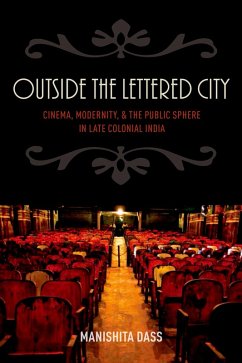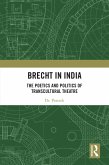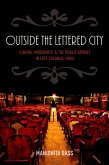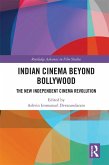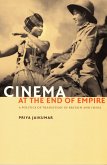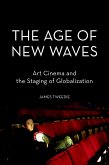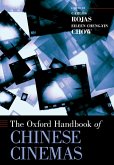Outside the Lettered City traces how middle-class Indians responded to the rise of the cinema as a popular form of mass entertainment in early 20th century India, focusing on their preoccupation with the mass public made visible by the cinema and with the cinema's role as a public sphere and a mass medium of modernity. It draws on archival research to uncover aspirations and anxieties about the new medium, which opened up tantalizing possibilities for nationalist mobilization on the one hand, and troubling challenges to the cultural authority of Indian elites on the other. Using case-studies drawn from the film cultures of Bombay and Kolkata, it demonstrates how discourses about the cinematic public dovetailed into discourses about a national public, giving rise to considerable excitement about cinema's potential to democratize the public sphere beyond the limits of print-literate culture, as well as to deepening anxieties about cultural degeneration. The case-studies also reveal that early twentieth century discourses about the cinema contain traces of a formative tension in Indian public culture, between visions of a deliberative public and spectres of the unruly masses.
Dieser Download kann aus rechtlichen Gründen nur mit Rechnungsadresse in A, B, BG, CY, CZ, D, DK, EW, E, FIN, F, GR, HR, H, IRL, I, LT, L, LR, M, NL, PL, P, R, S, SLO, SK ausgeliefert werden.

